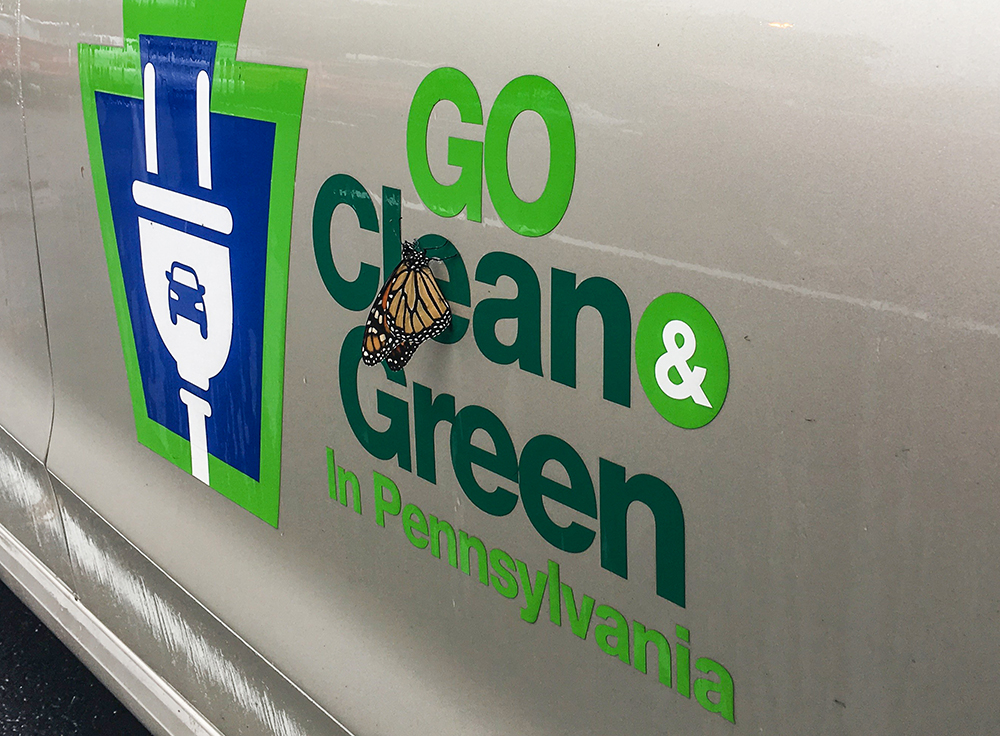Through vehicle purchase rebates, funding to build more charging stations and even an app to help you find them, Pennsylvania is ready to help you go green.
Back to the Future
While we may think of electric-powered vehicles as being a new technology, that isn’t really the case. Some of the earliest automobiles were powered by electricity. In the early 1900s, electric vehicles accounted for approximately one-third of all vehicles on American roads. Many people at the time preferred electric-powered vehicles over gasoline-powered versions since they were quieter and didn’t emit “smelly pollutants.” Thomas Edison believed that electricity was a better means to power a vehicle and he worked for many years on automotive battery technology. But by the time Edison had produced a suitable battery, the Model T Ford, powered by an internal combustion engine, became widely available and was affordable for many Americans. By the mid-1930s, electric vehicles had all but disappeared from U.S. roads.
Fast forward to today and we now know that those smelly pollutants were more than just an unpleasant odor. Internal combustion engine vehicles emit nitrogen oxide, carbon monoxide, carbon dioxide, particulate matter, and hydrocarbons which are harmful to our health and contribute to climate change. The time has come once again for electric-powered vehicles.
However, there are challenges to more widespread use of electric vehicles in Pennsylvania such as the higher initial purchase price of EVs, range anxiety, and the need for additional charging stations.
Why You Should Consider Owning an Electric Vehicle
For some consumers, the biggest reason to consider owning an EV is the benefit provided to the environment. Unlike an internal combustion engine vehicle, EVs have zero tailpipe emissions thereby improving air quality which will ultimately lead to better health for Pennsylvanians. But there are other reasons as well. In addition to improving air quality and helping to slow climate change, the switch to EVs provides other quality of life benefits such as the creation of well-paying jobs in clean energy industries. And unlike money spent on imported oil, money that drivers of EVs pay to electric distribution companies stays in the local economy.
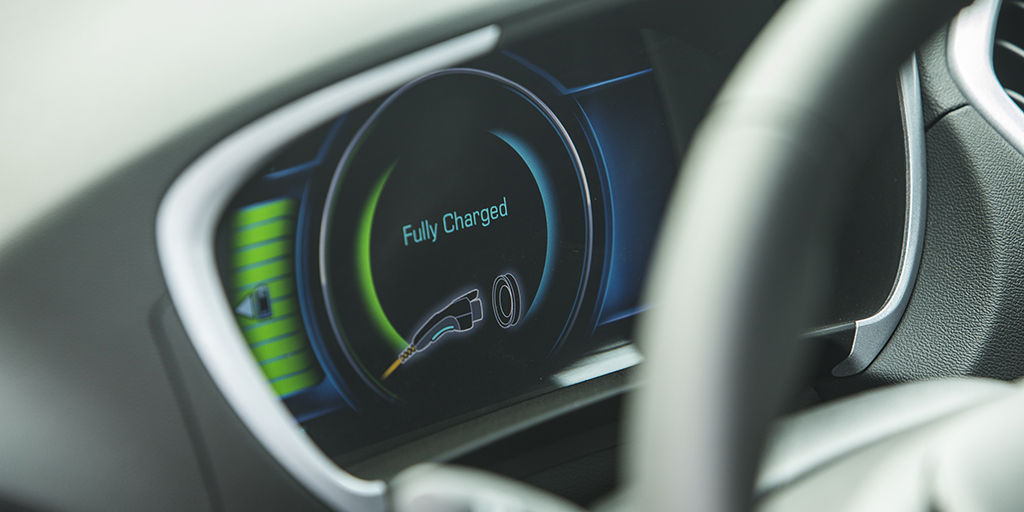
EV owners can also expect:
- 50-70 percent lower fuel costs
- fewer maintenance expenses
- and a potentially longer vehicle life.
However, some consumers are reluctant to make the switch citing among other reasons:
- the higher sticker prices of electric vehicles compared to gasoline-powered vehicles
- the fear of running out of power while driving
- and low charging station availability.
While the initial purchase price of an electric vehicle is typically higher than for gasoline-powered vehicles, state and federal incentives are available to assist. Some EVs are eligible for a $7,500 federal tax credit, and low and middle-income buyers may be eligible for a $2,000 rebate through Pennsylvania’s Alternative Fuel Vehicle Rebate program. The rebate amount is increased to $3,000 for applicants who meet low-income requirements.
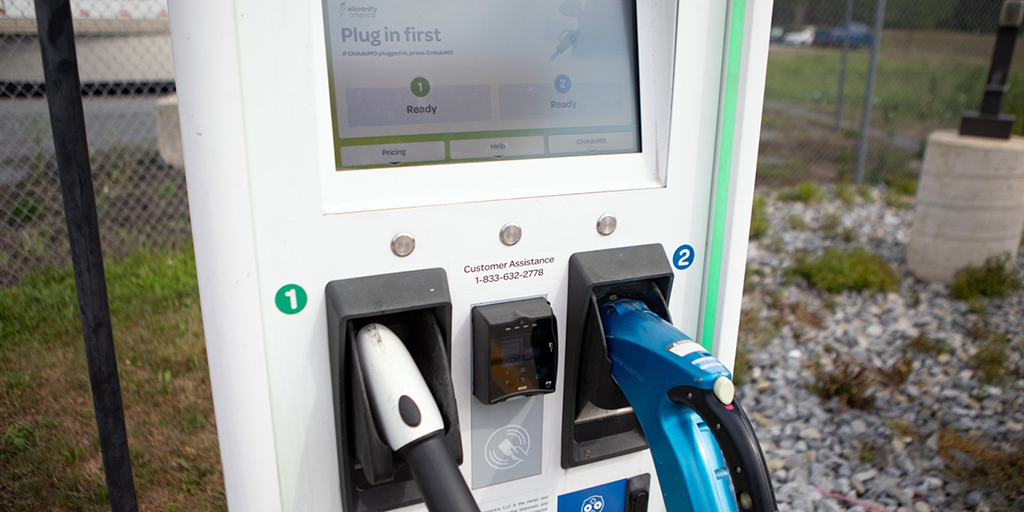
Consumers should consider the total cost of ownership over the lifetime of the vehicle, not only the initial purchase price. EVs cost less to maintain since they don’t require oil changes and have far fewer moving parts which can fail and need to be replaced. Electric cars are now three to six times cheaper to drive in the U.S. than internal combustion engine vehicles; it’s estimated that charging an EV at home is equal to paying $1.50 per gallon of gasoline.
Also, as production increases and battery prices drop, EVs will become more cost competitive with gasoline-powered vehicles over time.
Range Anxiety? There’s an App for That
Some potential EV buyers suffer from what’s known as range anxiety, the fear that their vehicle’s battery will run out of charge before reaching a charging station. However, a recent American Automobile Association survey found that 95% of EV owners said they never ran out of power while driving. Many EVs today provide over 200 miles of range with some reaching well over 300 miles. Given that the vast majority of our driving trips are less than 30 miles, 200 miles of range should be more than enough for most driving needs.
Need to find a charging station on the road? There’s an app for that, actually several apps, including Google Maps. Pennsylvania’s traveler information system, 511PA now also includes EV charging station locations as an option on its traffic map. Also, an EV’s built-in navigation system can help find chargers near your location or along your route.
With so many charging stations already available and many more on the way, plus technology to help drivers find them, you can travel with range confidence.
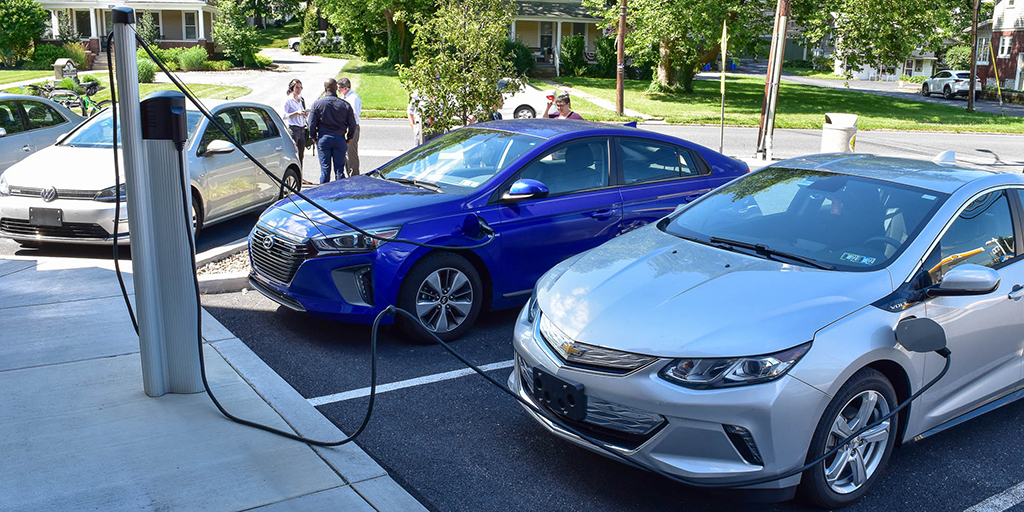
Meeting the Need for Fast Charging
The number of all-electric vehicles registered in Pennsylvania more than doubled between March of 2020 and March of 2022 and that number will increase significantly in the future as automobile manufacturers switch production to electric vehicles. More electric vehicles on our roads will require more charging stations throughout the state.
Most electric vehicles come standard with a 120-volt portable charger allowing owners to charge their vehicles anywhere there is an electrical outlet. The 120-volt outlets in our homes provide 3-5 miles of driving range per hour of charging. This type of charging is known as Level 1 charging and while it is convenient to be able to plug in practically anywhere, longer distance drivers require faster charging options. A Level 2 charger (between 208 and 240 V) can deliver 10-25 miles of driving range per hour while a DC fast charger can provide 100-250 miles of range in just 30 minutes. Currently, Pennsylvania has over 2,200 public Level 2 chargers at more than 1,000 locations throughout the state and over 125 DC fast charging stations with more planned in the coming years.
Pennsylvania’s Commitment to Clean Transportation
In August, the Pennsylvania Department of Transportation (PennDOT) announced the release of the department’s EV Mobility Plan, a plan to facilitate the transition to electrified mobility across Pennsylvania and which lays the groundwork for the department’s recently submitted Pennsylvania State Plan for access to National Electric Vehicle Infrastructure (NEVI) Formula Program funds.
The EV Mobility Plan, which lays out the existing EV infrastructure in PA and outlines goals, priorities and objectives for passenger and commercial vehicle charging in the five-year plan, incorporates the Pennsylvania NEVI Plan as the first phase of development. The plan recommends the installation of at least 5,000 new EV charging ports at 2,000 sites in Pennsylvania by 2028 leveraging public-private partnerships, cost sharing mechanisms, and funding through the Bipartisan Infrastructure Law (BIL).
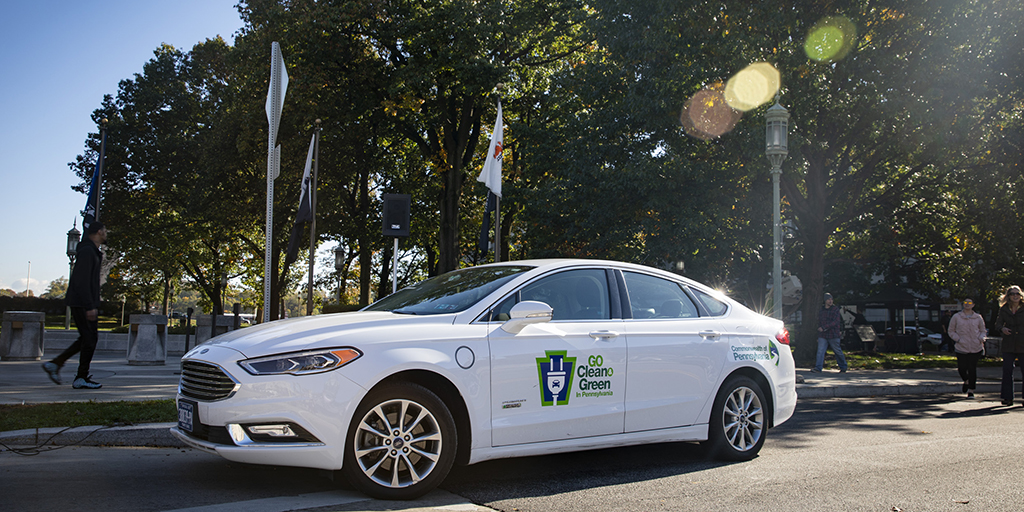
The Pennsylvania NEVI Plan outlines PennDOT’s approach to the strategic deployment of a convenient, reliable, affordable, and equitable EV charging network to support range confidence for Pennsylvanians and visitors. Through the BIL, PennDOT will receive and distribute $171.5 million in NEVI formula funds for EV charging infrastructure over the next five years. Grants will be provided to install alternative fuel infrastructure along Federal Highway Administration designated Alternative Fuel Corridors (AFCs). When the AFCs are complete, Pennsylvania may use funds to build EV charging equipment on any public road or in any publicly accessible location, including but not limited to parking facilities at public buildings, public schools, and parks with priority to rural, low and middle-income, and underserved communities, and multi-unit dwellings.
PennDOT has also published a model ordinance developed by Temple University students for local governments which contains guidelines and best practices to help provide for responsible planning and development of Pennsylvania’s transportation system, including EV infrastructure. In addition, the EV Equity Guiding Principles aim to increase accessibility to the infrastructure and maximize benefits for all Pennsylvanians.
PennDOT works closely with the Pennsylvania Department of Environmental Protection (DEP), which leads a number of EV and alternative fuels initiatives and funding programs. DEP’s Driving PA Forward program launched rebates to incentivize new Level 2 charging infrastructure and competitive grants to support new public DC fast charging stations. To date, they've funded over 1,600 Level 2 charging plugs and 18 projects that will install more than 50 DC fast charging plugs. In the past five years, the DEP Alternative Fuel Vehicles Rebate Program provided Pennsylvanians with over 7,000 rebates, totaling $8.5 million, for the purchase of a new or used battery electric or plug-in hybrid vehicle for personal use.
More information about electric vehicles in PA, including grants and rebates, can be found here.
Information about PennDOT’s EV initiatives is available at penndot.pa.gov/EV.
Ready to Join the Charge?
If you’re ready to join the thousands of Pennsylvanians who’ve made the switch to electric vehicles, discover the ways Pennsylvania can help you go green by going electric.
